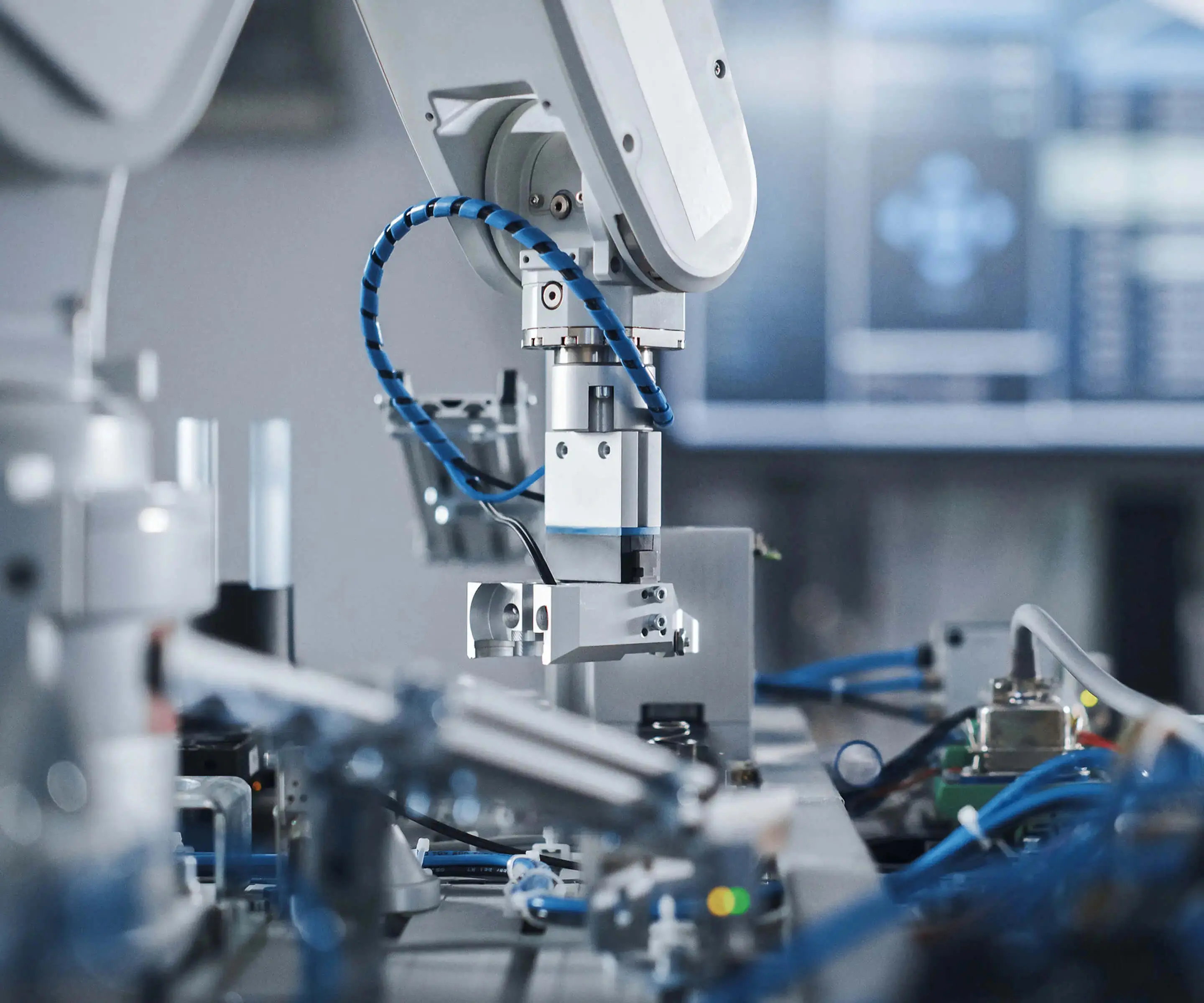In the fast-paced world of modern software architecture, one thing is clear: flexibility and scalability are key. When you're building systems that need to be adaptive and efficient, microservices are often the answer. But there's more to it than just the technical side—visualizing microservices and how they fit together is equally important. This is where the microservices icon comes into play.

So, what makes a microservices icon so vital in today’s digital landscape? Let’s break it down.
A Simple Visual with a Big Impact
Microservices, by nature, are modular. Each service operates independently, which makes understanding the entire system a bit tricky without the right tools. A microservices icon is more than just an aesthetic addition to your project. It serves as a visual representation of how these services interconnect and work together. Imagine trying to explain a complex system like microservices using just text or a block diagram—it's easy for things to get muddled. But with a well-designed icon, you can instantly convey the core idea.
The right icon does more than just symbolize. It helps stakeholders—from developers to clients—grasp the concept in a flash. A few lines, some clever abstraction, and suddenly you’ve got a visual shortcut that communicates volumes.
Why Does It Matter?
At its heart, microservices architecture is all about independence and agility. But when you’re communicating to a team, or a client, that concept needs to be crystal clear. Having an intuitive, well-thought-out microservices icon means everyone in the room understands that each piece of the puzzle is connected yet autonomous. It turns abstract concepts into tangible visuals.
Plus, think about the professional appeal. When you’re showing off your work, having that icon present in presentations or documentation lends a sense of clarity and confidence. It signals that you've not only grasped the technical side but also put thought into how you present it.
A Deeper Look: Functionality Meets Aesthetics
It’s easy to assume that an icon is just a small design element, something that’s “nice to have.” But in reality, it plays a crucial role in communicating complex ideas. For example, an icon that effectively represents a service might use arrows to indicate communication between different services, or perhaps it employs color-coding to show the level of importance or security between different components. These subtle visual cues can make all the difference when it comes to clarity.
How Does It Improve Efficiency?
In the long run, a microservices icon makes life simpler. Consider this: instead of taking the time to explain each service and how they relate to one another, you simply present the icon. It's an efficient way to get to the heart of the conversation and save valuable time. This could be a game-changer in meetings, presentations, and even client discussions. The icon is a powerful shorthand that makes explaining your architecture faster and easier.
People Want Simplicity, Not Complexity
In today’s busy digital world, no one has the time to sift through pages of documentation or dive into complex flow charts. Everyone wants things broken down into easy-to-understand chunks. That’s where a microservices icon shines. It simplifies something inherently complex into a format that’s approachable, understandable, and easy to work with.
To wrap things up, the microservices icon is more than just a visual tool—it’s a bridge between the technical and the accessible. It helps turn abstract concepts into a visual language that anyone can understand, regardless of their background. Whether you’re presenting to clients, collaborating with teams, or simply trying to make your project more digestible, this small but mighty icon has a significant role to play. It’s a symbol of clarity, structure, and professionalism in a world that often demands both.
Established in 2005, Kpower has been dedicated to a professional compact motion unit manufacturer, headquartered in Dongguan, Guangdong Province, China. Leveraging innovations in modular drive technology, Kpower integrates high-performance motors, precision reducers, and multi-protocol control systems to provide efficient and customized smart drive system solutions. Kpower has delivered professional drive system solutions to over 500 enterprise clients globally with products covering various fields such as Smart Home Systems, Automatic Electronics, Robotics, Precision Agriculture, Drones, and Industrial Automation.




































